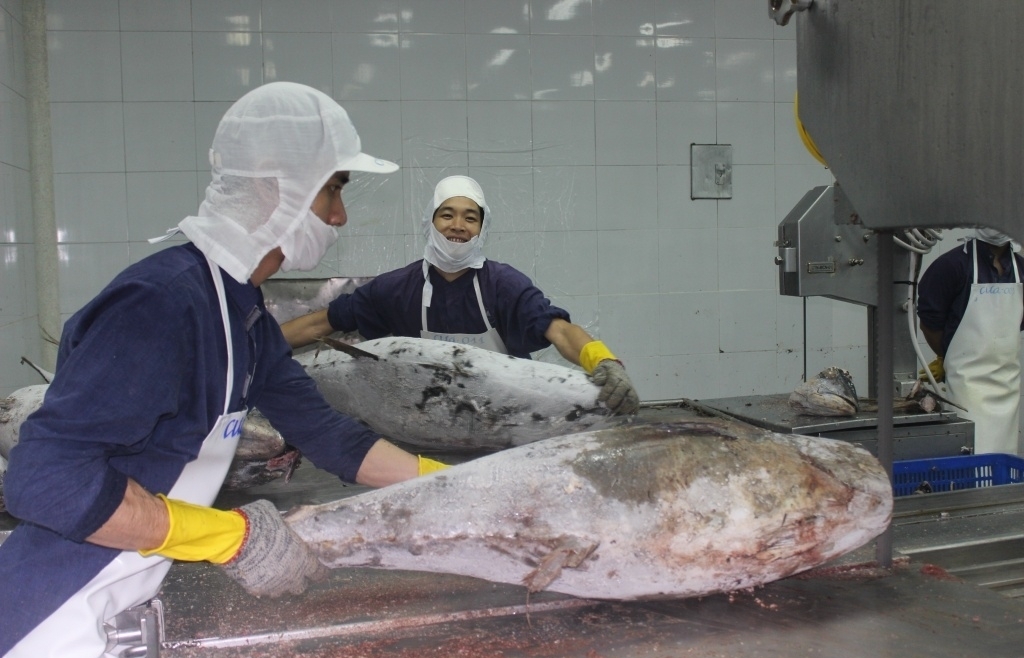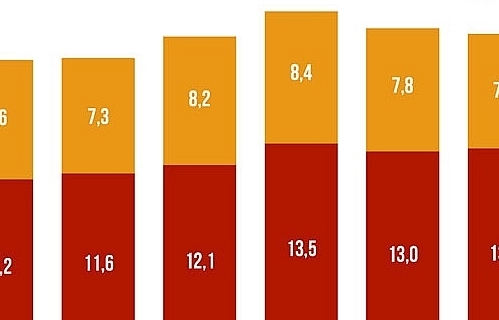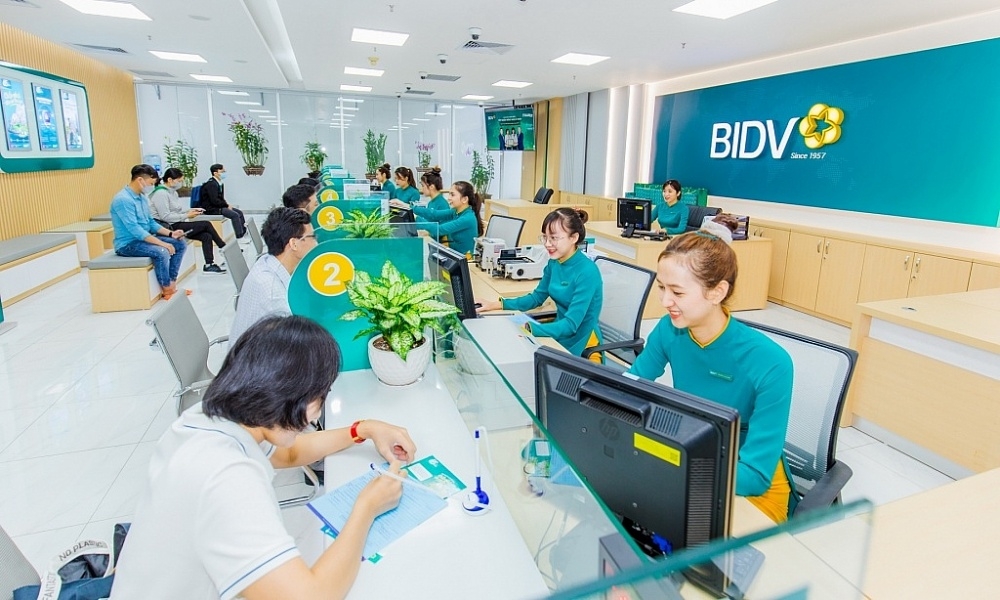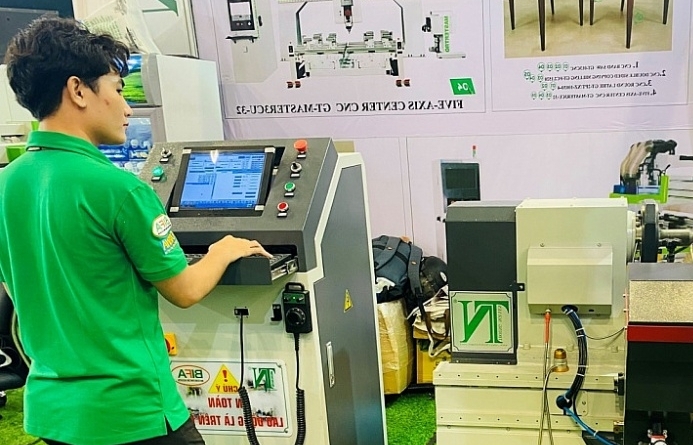TPP11-pact remains significant, vital
 |
In February 2016, the TPP, one of the world’s biggest and most-awaited multinational trade deals was signed by 12 member economies in New Zealand. The deal was the fruit of negotiations that had lasted five years.
It can be said that the trade deal was most expected because it offered great advantages and potentials to the signatories.
First of all, TPP would have a substantial impact on trade, investment and growth of member economies. With high standards that outperform traditional free trade agreements (FTAs) in both scope and depth of commitment, it took freedom of trade to a higher level, with not just greater tax cuts, but also the lowest restrictive non-tariff barriers, creating favourable conditions for exports that would help fuel extra economic growth.
In their working paper on TPP’s economic effects in 2016, Professor Peter A. Petri from the Brandeis University and Professor Micheal Plummer from Johns Hopkins University predicted member-country incomes would rise by US$465 billion (1.1%) and exports by US$1,025 billion (11.5%) annually by 2030, when the agreement is almost fully followed.
Secondly, TPP would be a driving force for strong institutional reforms because it sets out regulations that facilitate trade and investment liberalisation, and forms rules for sensitive issues that are often bottlenecks in global economic integration, thereby forcing member economies to change behind-border policies. Such issues include competition, e-commerce, intellectual property rights, labour standards, State-owned Enterprises, government procurement, and environment protection.
Thirdly, it was a regional agreement of the best quality so far, in the sense that it was a prototype for other FTAs. More importantly, APEC leaders agreed that the TPP could become a stepping stone for a much wider Free Trade Agreement of the Asia-Pacific (FTAAP), a long-term goal of the Asia-Pacific Economic Cooperation (APEC).
That’s the reason why after the deal was signed, a number of countries in the region expressed interest in joining it, concerned that they would lag and be left behind.
In fact, TPP talks began in 2011 with just nine nations – Australia, Brunei, Chile, Malaysia, New Zealand, Peru, Singapore, Vietnam and the United States. Three others – Japan, Canada, and Mexico – asked to join later.
Reaching the signing stage is just “an important step”, noted New Zealand Prime Minister John Key at the signing ceremony. The massive trade pact “is still just a piece of paper, or rather over 16,000 pieces of paper until it actually comes into force.”
To take real effect, the TPP had to undergo a two year ratification period in which at least six countries that account for 85% of the combined gross domestic production (GDP) of the 12 TPP nations – approved the final text.
Given their economic size, both the United States and Japan would need to ratify the deal, because the US alone accounts for nearly 60% of the group’s GDP.
If everything went smoothly, the deal was supposed to take effect early next year.
However, when the countries were yet to get half-way with their ratification processes, the new US administration announced its withdrawal from the pact on the very first day it took office as part of the new president’s “America First” policy.
Though the announcement did not shock the world much as many politicians and businessmen had envisioned TPP’s future with the US absent from it under its new leader, but the withdrawal was still something that no member economy was prepared for.
Former US President Barack Obama was a strong supporter of the TPP, which he claimed was a tool to remove international barriers to trade and investment, connecting 40% of the world’s economy.
And it is undeniable that the world’s largest economy had led and contributed a large part to setting rules and regulations for negotiations.
Given its economic, trade, investment and service figures, it is true that to an extent, the US administration’s decision to pull out of the deal has diminished the TPP’s significance and values, forcing member economies to reconsider the grounds of the deal.
Still, amidst the emerging protectionist and anti-trade liberalisation sentiment, we can still see the deal’s vitality beyond the basic nature of a free trade agreement.
Realizing benefits
The vitality of TPP was evidenced by the gathering of remaining members of the agreement in May in Hanoi on the sidelines of an APEC meeting. They looked for ways to move the trade deal forward without the US.
The 11 member countries agreed on three points.
They unanimously reaffirmed balancing outcomes and the economic and strategic significance of TPP and agreed to realize the benefits the deal can bring about. They were also determined to consider alternative TPP-11 scenarios before the APEC Summit 2017 taking place later this week in the central city of Danang, including favourable conditions for those who signed the TPP.
The members also emphasised the possibility of TPP extension to other economies that can meet and accept the high standards of the agreement.
Since then, negotiations showed little signs of stopping. There have been four TPP-11 official meetings: one in Sydney in August and three in Tokyo in July, September and early November.
To make the TPP-11 real and as significant as TPP-12, the members have to deal with a couple of challenges.
One is to keep several countries on board, especially those that would have benefited most from the deal if the US did not go away. Now, the opportunity to get better access to the US market is fading, they want to renegotiate some points.
If some key regulations were frozen or removed, the TPP might not become a high-standard agreement as expected.
This also means that countries are trading off between benefits of market access thanks to trade and investment liberalisation, and chances for implementing institutional reforms which is a foundation for sustainable development.
Besides, the perception of TPP as a legal contract for member nations or a template for wider and deeper regional integration would continue to drive the way they act.
However, there is a hope that the changes in the playing rules, if any, will be minimum, so that the spirit of a high-quality agreement would remain.
And the TPP would continue to serve as a building block for the realisation of the FTAAP because APEC has since 2006 been tasked with the role of an incubator for a FTAAP.
Vietnam’s commitment
Vietnam was invited to join the TPP negotiations from the very beginning as an associate member and guest. After attending three sessions of negotiations, Vietnam officially joined the TPP on 11 January, 2010.
According to a 2012 study by the Peterson Institute for International Economics (PIIE), Vietnam would have had the largest income and export increase among the 12 TPP countries, with growth rates of 13% and 37%, respectively, compared to a base line with no TPP.
It was estimated that the TPP would potentially help increase Vietnam’s GDP by US$23.5 billion in 2020 and US$33.5 billion in 2025, with exports to increase by US$68 billion in 2025.
Most of these gains would come from Vietnam’s growing production and export of apparel and footwear, which would benefit from the removal of high duties in TPP member countries, especially the US.
Therefore, the US’s withdrawal would have much more of a negative impact on Vietnam than any other member.
Kenichi Kawasaki, a professor at Japan’s National Graduate Institute for Policy Studies (GRIPS), has pointed out in a research paper this year that Vietnam’s real GDP gains from tariff reductions offered by TPP-11 would tumble to 1.1% from 6.79% offered by TPP-12.
However, this loss does not mean that Vietnam is no longer keen on joining the trade pact.
Vietnam still has reasons to strongly support the TPP-11. Kawasaki’s estimated non-tariff reductions in TPP-11 would still bring substantial economic gains even after the US’s withdrawal (9.29% in real GDP gains). If the membership increases in the future, Vietnam will benefit from access to more markets.
In fact, the deal had brought many advantages even before it came into force. One is easily seen: foreign direct investment worth billion of dollars flowing into Vietnam to take advantage of the TPP deal, inspiring local businesses.
According to numbers from the Foreign Investment Agency (FIA) under the Ministry of Planning and Investment, as of the end of 2016, apart from Peru, Papua New Guinea, and Chile which do not yet have any project in Vietnam, the other 17 APEC members have already entered the country, registering projects worth a total of US$230 billion, making up 78.5% of the total FDI flow into Vietnam over the past 30 years.
Notably, of the top 10 biggest investors in Vietnam, besides British Virgin Islands ranking 5th, the remaining nine spots belong to APEC members.
Besides, the high-quality deal will require Vietnam to make structural adjustments, including enhancing transparency and the rules of law, implementing new labour and environmental standards, and improve the competitiveness and efficiency of State-owned enterprises, among other significant changes.
If the core of TPP obligations is preserved, TPP-11 would continue to be a catalyst for Vietnam’s strong institutional reform, especially as globalisation and integration remain inevitable trends.
With this in mind, Vietnam has been and will be a responsible member, actively contributing to creating a positive outcome at the APEC Summit 2017. It could be the TPP-11 members signing a document or promising to sign one in a near future.
And who knows, one day, the US might return.
Related News

US trade policy is expected to be "stricter", what should businesses do?
15:50 | 02/12/2024 Import-Export

How will seafood exports to the US be affected after the US election?
09:17 | 01/12/2024 Import-Export

Vietnam’s exports to the U.S. near US$100 billion milestone
09:46 | 21/11/2024 Import-Export

Avoid disadvantages for Vietnamese exports from new defense measures
19:39 | 25/08/2024 Import-Export
Latest News

Seafood exports expected to exceed $10 billion in 2025: expert
20:28 | 21/12/2024 Import-Export

Top 10 Reputable Animal Feed Companies in 2024: Efforts to survive the challenges of nature
18:30 | 21/12/2024 Import-Export

Vietnam's import-export surges 15.3%
09:44 | 20/12/2024 Import-Export

More Vietnamese firms interested in Saudi Arabia: Ambassador
09:43 | 20/12/2024 Import-Export
More News

“Give and Take” in the Value Chain of the CPTPP Market
09:30 | 20/12/2024 Import-Export

Binh Dinh province works to attract investment from Japan
15:44 | 19/12/2024 Import-Export

Agricultural, forestry and fishery exports “reach the target” early
15:20 | 19/12/2024 Import-Export

Thailand remains Vietnam’s biggest trading partner in ASEAN
15:35 | 18/12/2024 Import-Export

Rubber value soars in 2024: VRA
15:33 | 18/12/2024 Import-Export

Vietnamese businesses struggle to access green finance
09:58 | 18/12/2024 Import-Export

E-commerce: a gateway to boost Vietnamese commodities in the UK market
16:55 | 17/12/2024 Import-Export

Agro-forestry-fisheries exports top 62 billion USD in 2024
16:51 | 17/12/2024 Import-Export

Removing “bottlenecks” for digital transformation in industrial production
10:00 | 17/12/2024 Import-Export
Your care

Seafood exports expected to exceed $10 billion in 2025: expert
20:28 | 21/12/2024 Import-Export

Top 10 Reputable Animal Feed Companies in 2024: Efforts to survive the challenges of nature
18:30 | 21/12/2024 Import-Export

Vietnam's import-export surges 15.3%
09:44 | 20/12/2024 Import-Export

More Vietnamese firms interested in Saudi Arabia: Ambassador
09:43 | 20/12/2024 Import-Export

“Give and Take” in the Value Chain of the CPTPP Market
09:30 | 20/12/2024 Import-Export




